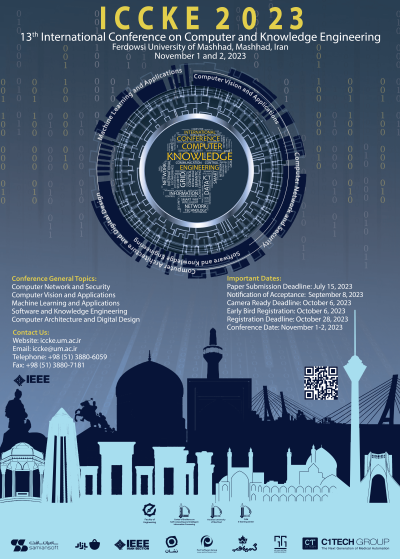0% Complete

Authors :
Keywords :
Abstract :
List of archived papers
Parsa Haddadian - Rooholah Abedian - Ali Moeini
Ali Farzipour - Omid Nejati Manzari - Shahriar B. Shokouhi
Nasrin Garmabi - Mohammad Ali Hadavi
Kimia Soroush - Mohsen Raji - Behnam Ghavami
Fatemeh Naserizadeh - Erfan Akbarnezhad Sany - Parsa Sinichi - Seyyed Abed Hosseini
Mohammed Wadi - Wisam Elmasry - Mohammed Jouda - Hossein Shahinzadeh - Gevork B. Gharehpetian
Mobin Vaziri - Hadi Jahanirad
Fatemeh Nasiri - Mohsen Hooshmand
Mahdi Nasrollahi - Reza Shami Tanha - Mohsen Hooshmand
Hannaneh Mahdavi - Reza Goldoust - Saeideh Rahbarpour




